The answer is either a duvet insert or a comforter, depending on your preference. While both options offer warmth and comfort, understanding the difference between the two and how duvet covers function can help you make the right choice for your bedroom.
What Do You Put Inside a Duvet Cover?
A duvet cover typically holds one of two types of bedding items: a duvet insert or a comforter.
Duvet Insert
This is the most common item placed inside a duvet cover. A duvet insert is a soft, filled blanket, often made from materials like down, synthetic fibers, or cotton. It provides warmth and can be easily swapped out for seasonal changes or washed as needed.
Comforter
Some people prefer to place a comforter inside a duvet cover, particularly if the comforter is more substantial or quilted. Comforters are usually thicker than duvet inserts and are often pre-quilted, so they may not need as much fluffing or shifting inside the cover.
The choice between a duvet insert and a comforter depends on personal preference, warmth needs, and the look you prefer for your bed.
Related read: Difference Between Duvet Cover and Comforter
What is a Duvet Cover?
A duvet cover is a protective and decorative fabric shell that encases a duvet insert or comforter. It serves both functional and aesthetic purposes:
It protects the duvet insert or comforter from dirt, dust, spills, and wear. This is particularly important because duvet inserts and comforters can be difficult to wash. Available in a variety of colors, patterns, and materials, duvet covers can completely transform your bedroom’s aesthetic.
The duvet cover typically features a button or zipper closure to securely hold the duvet insert in place, keeping it from shifting inside the cover. Check the best duvet cover.

How Do Duvet Covers Work?
Duvet covers work by acting as a protective case for your duvet insert or comforter. To use a duvet cover effectively:
- Insert the duvet: Open the duvet cover and insert your duvet insert or comforter.
- Fasten the cover: Once the duvet is inside, close the duvet cover using the button, zipper, or ties to secure it in place.
- Fluff and adjust: Gently shake and fluff the duvet to distribute the filling evenly, ensuring it fits snugly within the cover.
The duvet cover acts as a barrier, keeping your duvet insert clean and fresh while also allowing you to easily change the aesthetic of your bed with minimal effort.
Read more: How to Put a Duvet Cover on Easily?
What is a Duvet Insert?
A duvet insert is a soft, filled blanket designed to be placed inside a duvet cover. Unlike comforters, duvet inserts are typically not quilted, allowing them to move more freely within the cover. This feature provides versatility when it comes to choosing different duvet covers, allowing you to easily change your bedding's aesthetic without needing to replace the entire insert. Duvet inserts are available in various fillings, each offering unique benefits, so you can choose the one that suits your comfort needs and preferences.
Here are the most common fillings used in duvet inserts:
Down: Known for its lightness and exceptional warmth, down duvet inserts are incredibly soft, fluffy, and highly insulating. They trap air to keep you warm while remaining lightweight, making them perfect for colder weather.
Down Alternative: For those with allergies to down, down alternative duvet inserts are an excellent choice. Made from synthetic fibers, they mimic the softness and warmth of down without the potential for irritation, offering comfort in a hypoallergenic option.
Cotton: Cotton-filled duvet inserts are breathable and naturally absorb moisture, making them a great choice for warmer climates. Cotton is soft and comfortable, allowing for a more relaxed sleeping experience in the heat of summer.
Wool: Wool duvet inserts are naturally temperature-regulating, providing warmth in the winter while helping to keep you cool in the summer. Wool is also hypoallergenic and breathable, making it an excellent option for sensitive skin.
Silk: Silk duvet inserts are known for their luxurious feel and lightweight warmth. Silk is naturally hypoallergenic and temperature-regulating, offering a breathable and soft experience for a more refined sleep.

How to Keep the Duvet in Place Inside the Cover
One common issue people face when using a duvet cover is keeping the duvet insert from shifting inside. Here are a few tips to keep the duvet in place:
- Use Duvet Ties: Many duvet covers come with corner ties that can be tied around the duvet insert to secure it. These ties prevent the duvet from moving around inside the cover.
- Choose the Right Size: Ensure that the duvet insert fits snugly inside the duvet cover. A duvet that is too small can shift around, while one that is too large might cause excess bulk.
- Use a Zipper or Button Closure: A duvet cover with a secure zipper or button closure ensures that the duvet stays in place without slipping out.
- Fluff Regularly: To prevent the duvet insert from bunching up, regularly shake or fluff it to redistribute the filling evenly inside the cover.
These small steps can help keep your duvet neatly in place and make your bed look well-organized.
What is a Comforter?
A comforter is a thick, quilted blanket that is usually filled with synthetic fibers, cotton, or down. Unlike duvet inserts, comforters are often pre-quilted, meaning they already have a stitched pattern to keep the filling evenly distributed. Comforters are typically thicker than duvet inserts and are commonly used as standalone blankets without the need for an additional duvet cover.
While comforters are often easier to care for since they don’t require a duvet cover, they can be harder to clean, especially if they become soiled. Using a duvet cover for your comforter adds protection and extends its lifespan.
Why Choose a Duvet Insert?
A duvet insert offers the most flexibility for bedding because it can be easily swapped inside a duvet cover. Whether you're looking for a down insert for warmth or a cotton insert for breathability, duvet inserts allow you to choose the right level of insulation for the seasons. Plus, since duvet inserts aren't pre-quilted like comforters, they move more freely inside the cover, offering a customizable and comfortable sleep experience.
If you're seeking a practical, adaptable solution for your bedding, a duvet insert is a versatile and cozy option that provides long-lasting comfort and style without needing a full replacement every time you want a change in appearance.
Read more: Duvet Cover vs Bedspread

FAQ
Can a Super King Fit Inside a King Duvet Cover?
No, a super king duvet insert is larger than a standard king size duvet cover so it won’t fit properly inside a king duvet cover. A super king duvet typically measures around 120 inches by 98 inches (or similar, depending on your region), while a king duvet cover is usually about 104 inches by 90 inches. If you attempt to fit a super king duvet into a king duvet cover, the duvet will be too big and could end up being bunchy or uncomfortable.
To properly cover a super king duvet insert, you’ll need a duvet cover specifically designed for a super king size to ensure a good fit and maintain the duvet's shape and function.
Should People Who Get Hot Get a Comforter Over a Duvet?
If you tend to get hot while sleeping, it may be better to opt for a duvet insert over a comforter. Here’s why:
Duvet Inserts: Duvets are typically filled with materials like down, down alternative, or cotton, which allow for better temperature regulation. You can also adjust the warmth of a duvet by choosing a lighter insert or switching out the duvet cover for one made of breathable fabric like cotton or linen.
Comforters: Comforters, on the other hand, tend to be thicker and are often quilted, which can trap more heat. If you get warm at night, a comforter may feel too heavy.
However, if you prefer a comforter and still tend to get hot, consider choosing one with a lighter fill or look for one made from breathable materials like cotton or a cooling fabric.
Can You Use a Full-Size Cover for a Twin XL Insert?
Technically, a full-size duvet cover may fit a twin XL duvet insert, but it will be too large. A twin XL duvet insert measures around 68 inches by 90 inches, while a full-size duvet cover typically measures about 86 inches by 90 inches.
Using a full-size cover for a twin XL insert could result in a looser, less fitted appearance, which might not be ideal if you prefer a snug fit. Ideally, you should use a duvet cover made specifically for a twin XL insert to ensure it fits properly. If you don't mind the extra room and prefer a looser fit, you can use a full-size duvet cover, but keep in mind that it may look a bit baggy.
Can You Put a Duvet Cover on a Quilt?
That said if you want to protect your quilt or change the look of your bed, a duvet cover can be used to cover the quilt. Just keep in mind that since quilts are generally thicker, the duvet cover may not fit as snugly around the quilt as it would around a duvet insert, and it may be slightly bulkier.
Do You Put Anything Under a Comforter?
Typically, you don’t need to put anything under a comforter, as it is a standalone piece of bedding designed to provide warmth and coverage. However, some people prefer to use bed skirts or mattress pads beneath their comforters for added comfort, protection, or aesthetics.

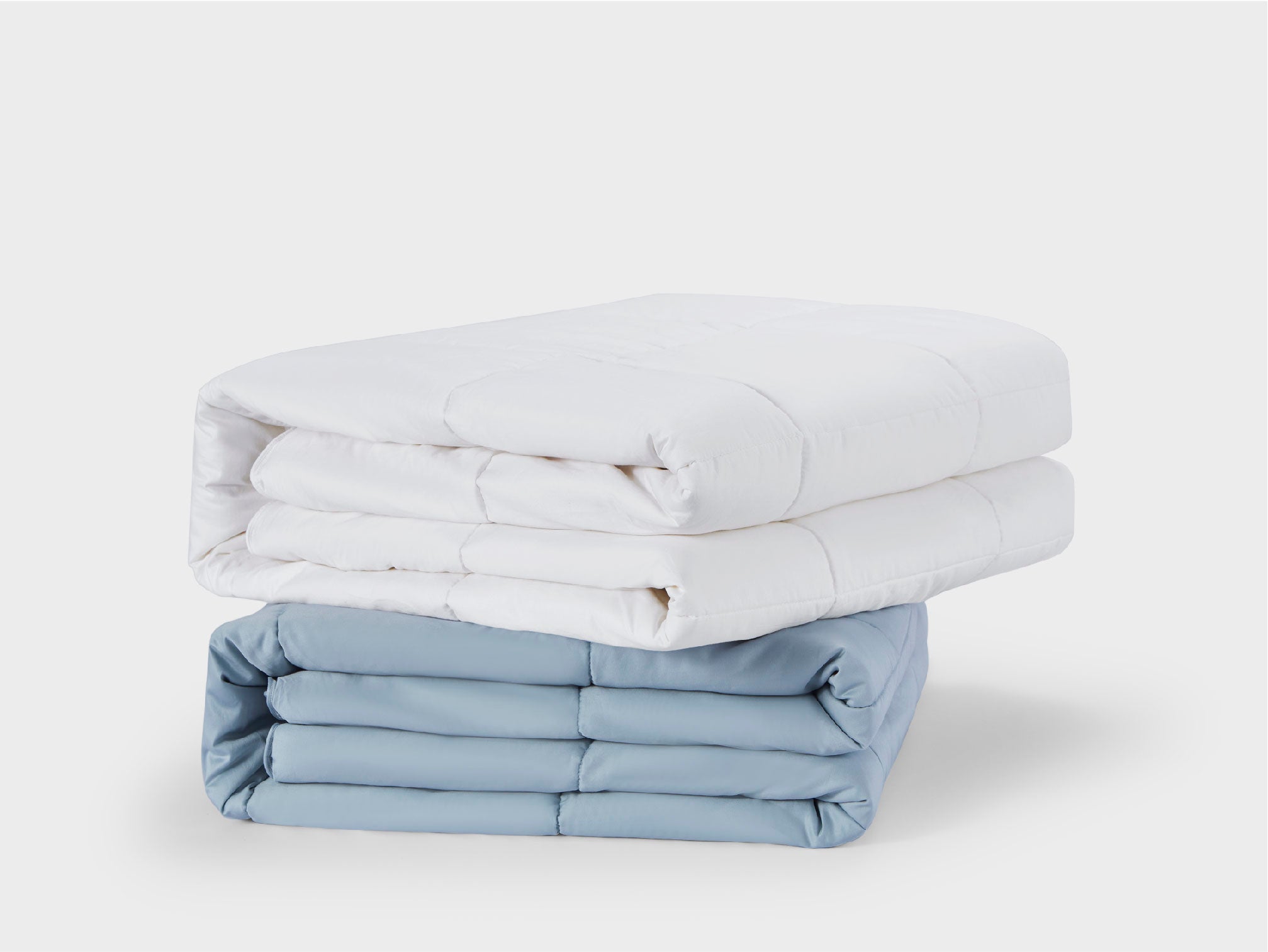
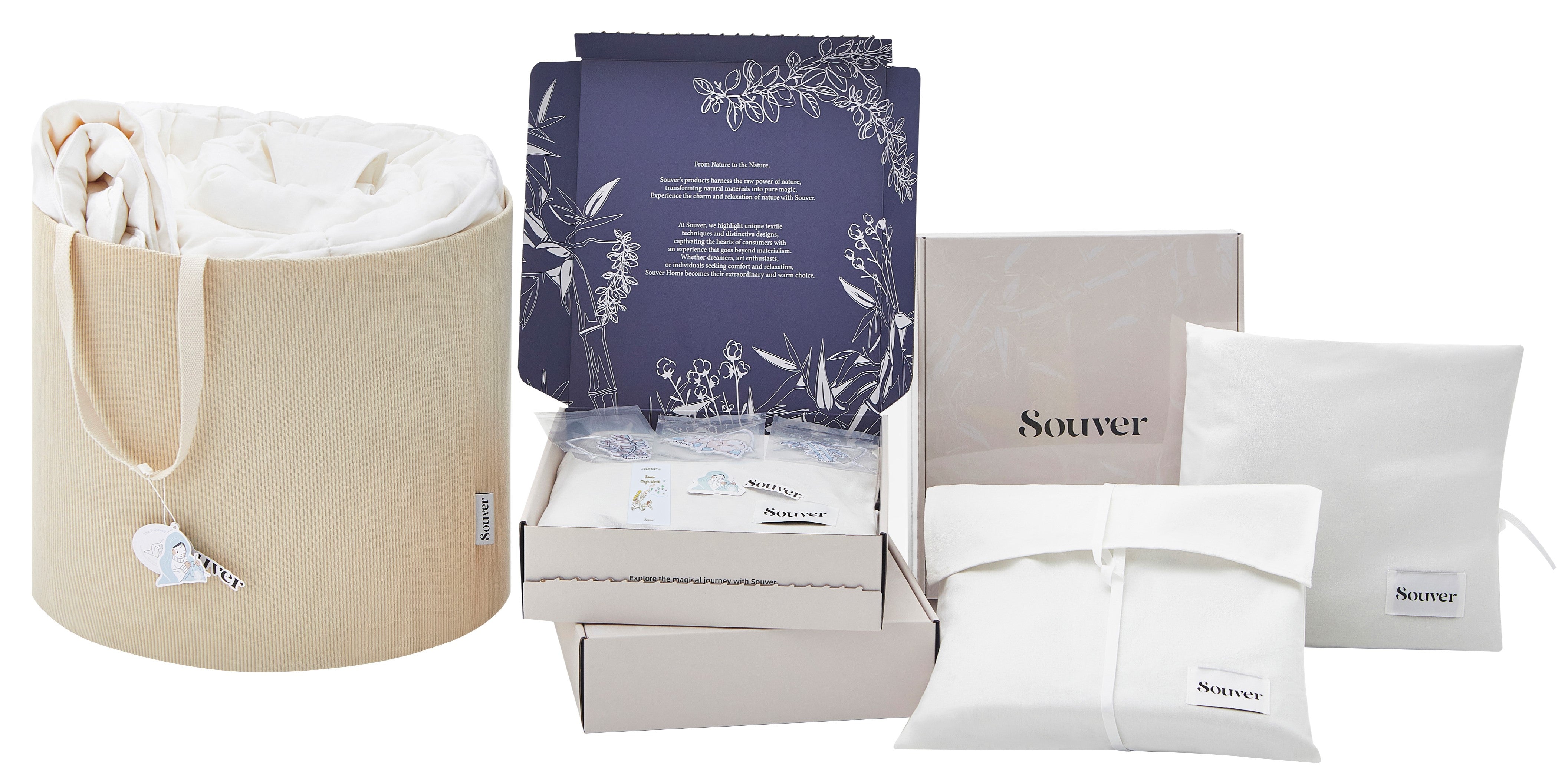


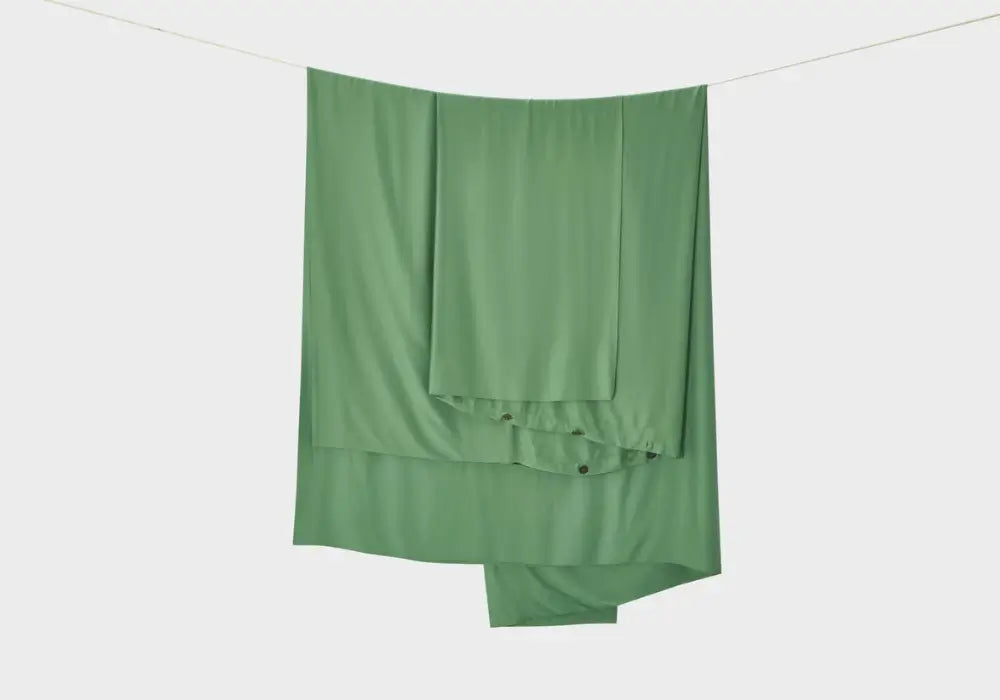
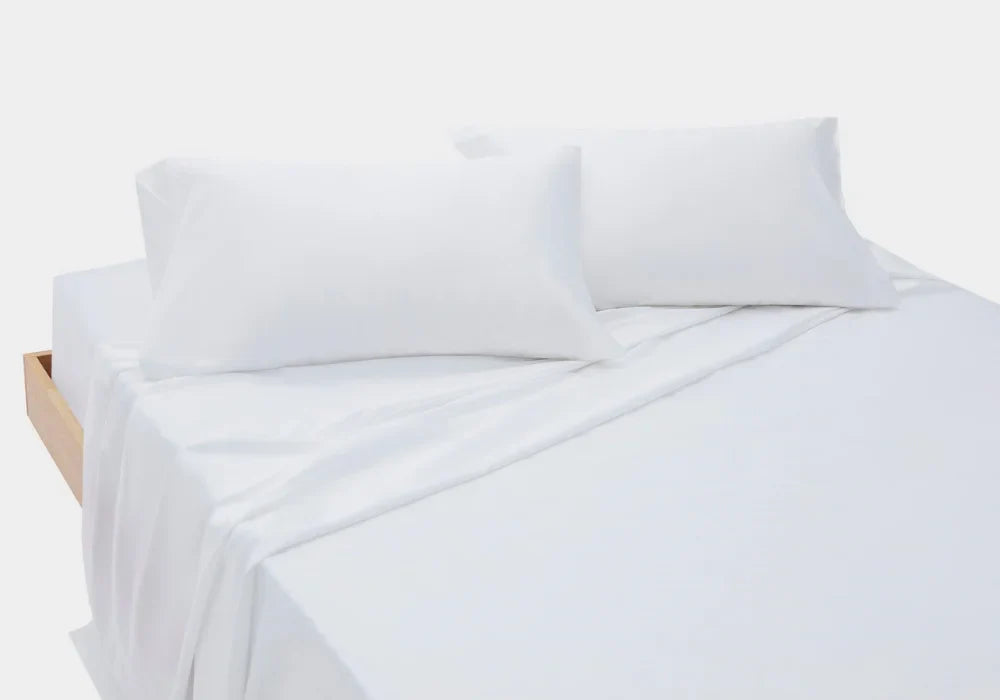
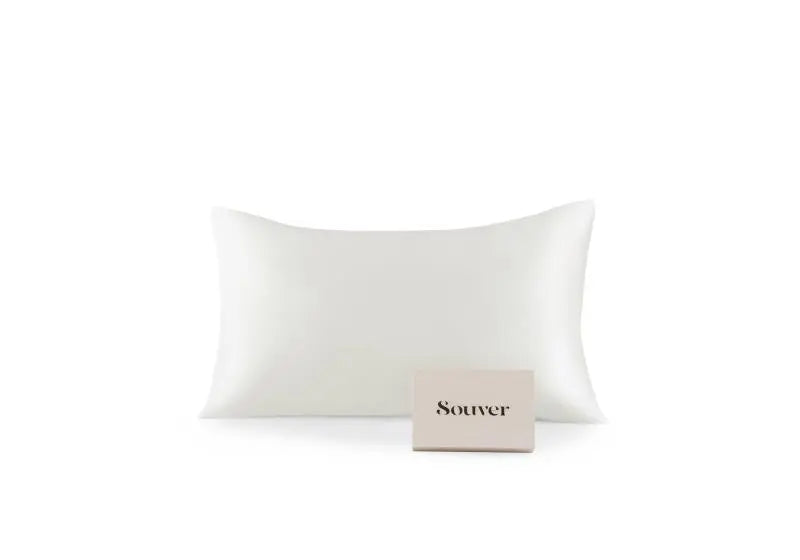
Dejar un comentario
Este sitio está protegido por hCaptcha y se aplican la Política de privacidad de hCaptcha y los Términos del servicio.